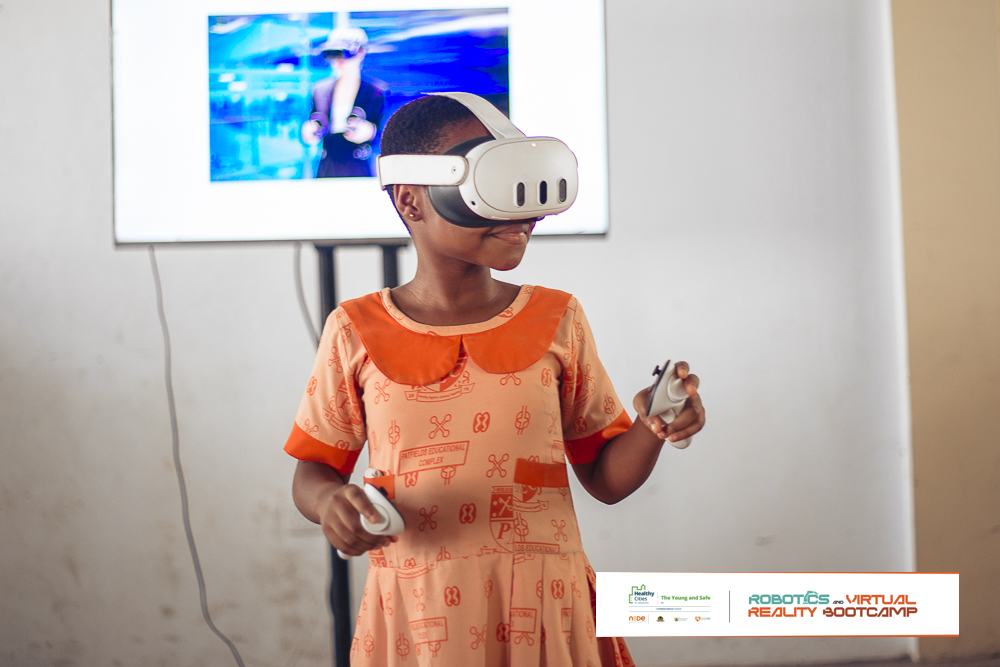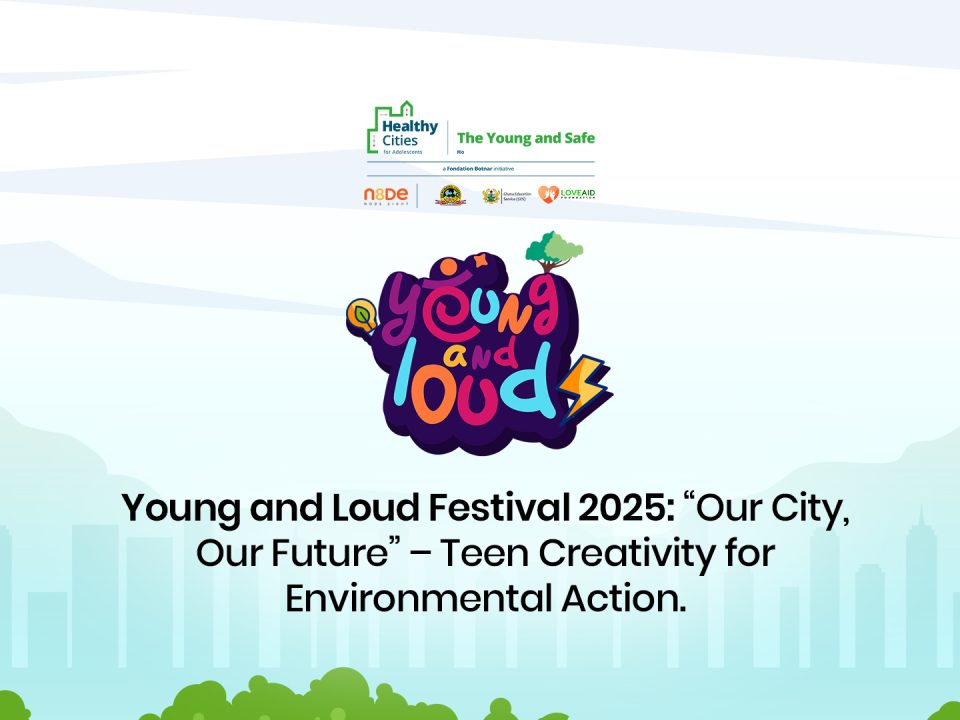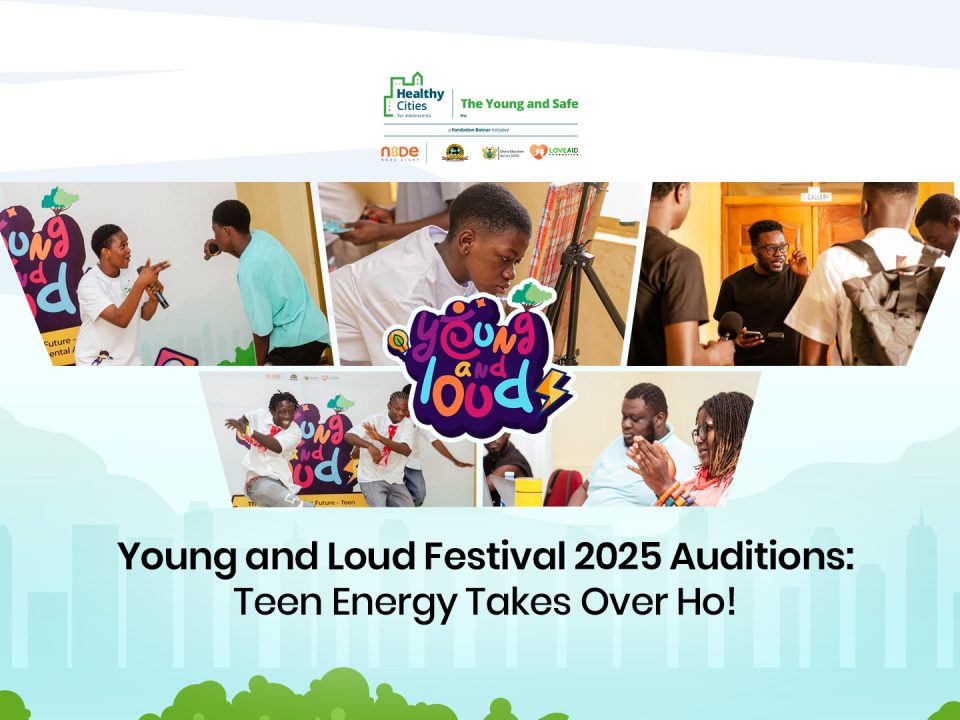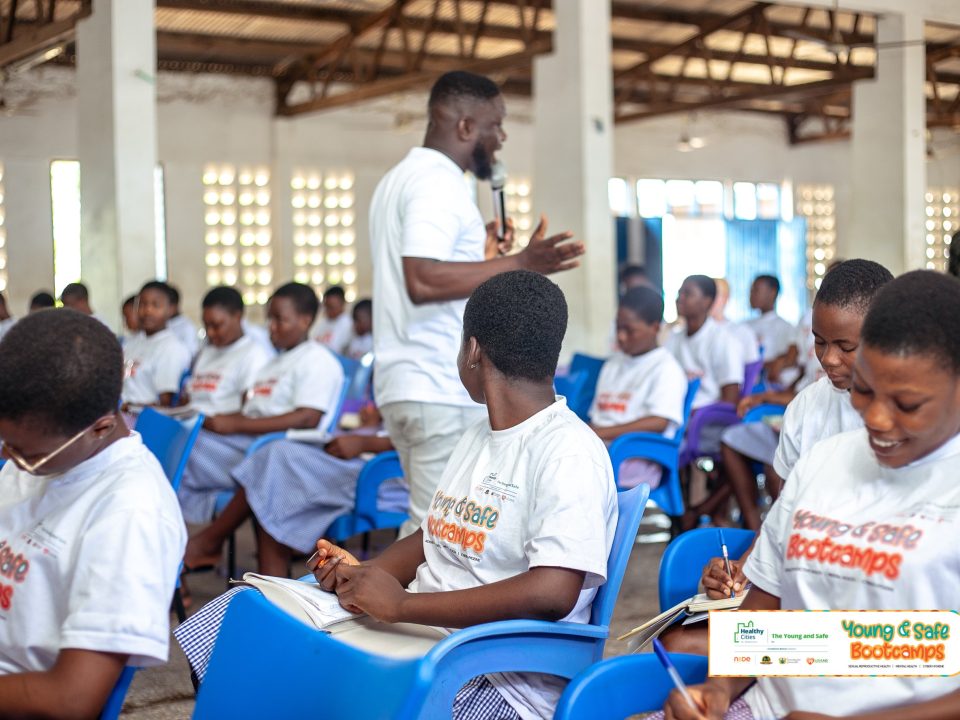
What Makes a City Youth-Friendly – and Why Every City Needs to Be One
May 8, 2025
The Systemic Issues Keeping Our Cities Unfriendly to Young People
May 10, 2025What Every Mayor Should Be Measuring to Support Young People
“You can’t improve what you don’t measure” this timeless insight from Peter Drucker is a reality every mayor (DCE, MCE) should take seriously when it comes to youth development. Inspiring speeches and catchy slogans won’t build a youth-friendly city. If leaders are truly committed, they must rely on data—not assumptions—to guide progress towards building a youth-friendly city.
In our first blog, we explored what it means for a city to be youth friendly. In this post, we get practical: What indicators should the mayor of Ho or any city in Ghana track consistently to know whether the city is becoming a better place for young people to thrive?
What a Youth-Friendly Dashboard Looks Like
Imagine a mayor starting their day by opening a city dashboard. What should they see? Most often, they’ll review the Annual Progress Report filled with broad economic or health statistics. But that’s not enough. At Node Eight, we believe that youth-specific indicators deserve a prominent place on that dashboard because without tracking the realities of young people, cities can’t truly grow. The 2023 Youth Wellbeing Index Report offers a powerful starting point for mayors ready to build cities that work for young people.
We propose mayors monitor these five key areas that shape the youth experience in cities:
- Youth Participation in City Governance
- Access to Health, Protection, and Well-Being
- Youth Employability and Innovation
- Public Spaces for Expression and Recreation
- Digital Inclusion and Learning
In the sections that follow, we break down what should be measured under each pillar—and why it matters for building a youth-friendly city.
1. Youth Participation in City Governance
What to measure:
- How many young people are part of city planning or budgeting forums?
- How many youth organizations were engaged in the past quarter?
- Does the city have an active youth council or advisory board that meets regularly?
- How much of the city’s development plan was influenced by youth input?
Why it matters:
If youth are not involved in decisions, their needs will always come last. This is about power, not pity.
2. Youth Access to Health, Protection and Well-Being
What to measure:
- How many health centers provide adolescent-friendly services?
- How many young people accessed mental health support this year?
- How many schools delivered sexual and reproductive health education?
- What is the rate of teenage pregnancy and STIs in the city?
Why it matters:
If young people are unsafe, uninformed or unwell, everything else breaks down. A healthy youth population is the bedrock of a productive city.
3. Youth Employability and Innovation
What to measure:
- How many young people are in jobs, internships or apprenticeships?
- How many youth-led businesses were registered or supported this year?
- How many skills training programs reached the 15–35 age group?
- What percentage of the city’s entrepreneurship fund went to youth?
Why it matters:
No youth-friendly city is jobless. When young people can work or build, they stay hopeful. When they can’t, the city loses its future.
4. Public Spaces for Expression and Recreation
What to measure:
- How many open public spaces are accessible and safe for youth?
- How many youth-led events or programs were hosted in city spaces?
- How many sports, arts or cultural facilities are functional?
- What percentage of young people use public recreation spaces weekly?
Why it matters:
Recreation is not a luxury. It is where young people find confidence, identity and community. Cities that invest in this reap peace and creativity.
5. Digital Inclusion and Learning
What to measure:
- How many schools or communities have internet access for youth?
- How many digital skills programs reached the under-25 age group?
- Are there city-supported hubs or tech labs for young innovators?
Why it matters:
The future is digital. If your youth are offline, they are locked out of opportunities that others are already seizing.
How to Use These KPIs
These youth-focused indicators are not meant to sit in reports collecting dust – they are tools for action. City departments should track and report on them quarterly, using the data to identify trends and challenges in real time.
This data must be shared openly with the public to build trust and promote accountability. When youth and civil society can see what’s being measured, they can push for progress and help shape it.
These indicators should directly inform city decision-making, including how budgets are allocated, which programs are prioritized, and which partners are brought on board.
To ensure fairness and inclusion, the data must be disaggregated by gender, age, disability status, and geographic location, so cities can identify who is being left behind.
Crucially, these KPIs should trigger reflection and action. For example:
- If access to youth mental health services is low, what’s the plan to expand it?
- If youth vendors are missing in city markets, what’s blocking them?
- If only a few neighbourhoods have safe, open spaces for expression, how can more be developed?
The point is not just to track but to respond. Data must lead to targeted solutions that make cities more inclusive, supportive, and responsive to the needs of their young residents.
A Call to Mayors and City Leaders
If you’re a mayor, this is your checklist. If these numbers aren’t on your desk, ask for them. If they don’t exist, push for them to be collected. And if they reveal gaps or failures—don’t bury them. Fix them.
At Node Eight’s AI Lab, we have in-house data scientists and analysts ready to support any city leader committed to building a youth-friendly future. We can help design the dashboard, train your team to gather, clean, and interpret data, and ensure your city is equipped to track what truly matters.Because in the end, the cities that earn the trust and unleash the potential of their young people are the ones that will lead in the future—economically, socially, and culturally.




